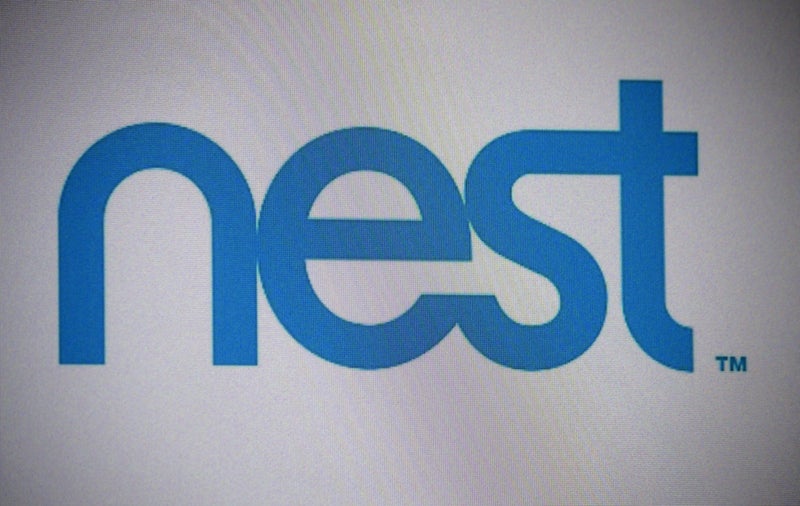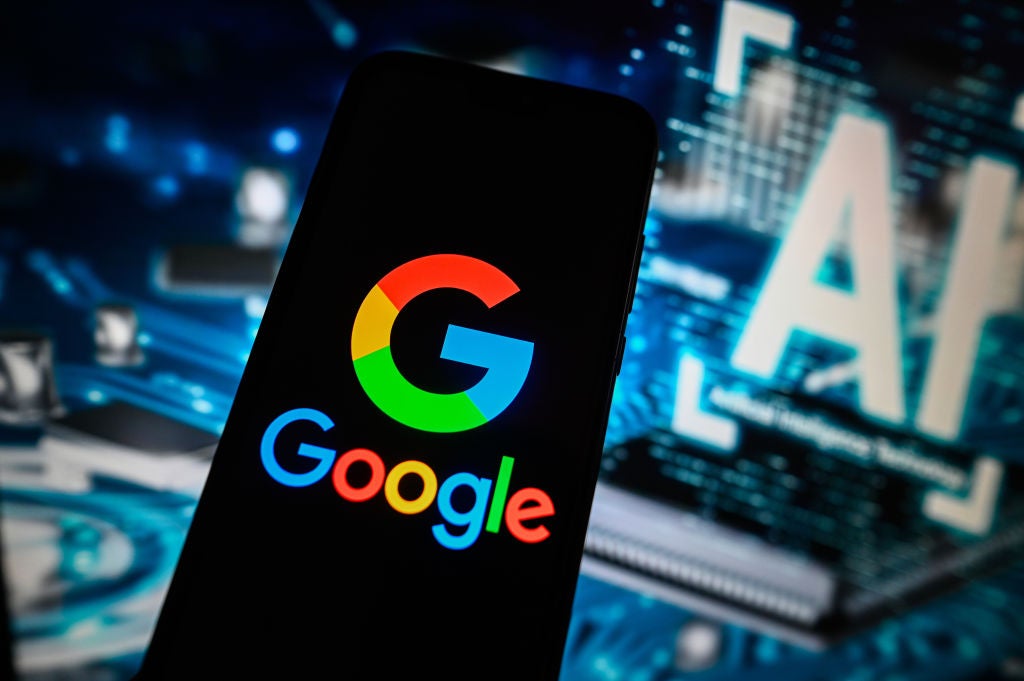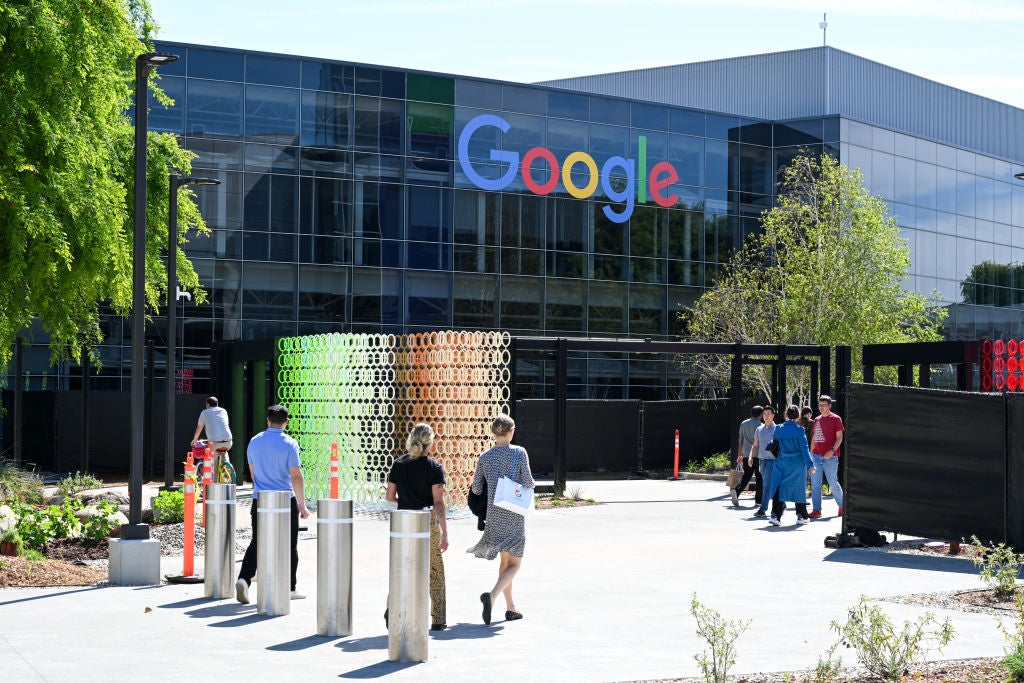
Google has apparently capitulated regarding plans that threatened to disrupt many smart home routines set up by owners of Nest home automation and security products. However, the uproar over Google’s plans for Nest highlights the threats that early adopters face when buying technology in a nascent market.
Google WWGA migration
The 2019 Google I/O developer conference delivered a plethora of changes on the smart home front, including the introduction of the Google Nest brand, which brings Google’s home security and automation hardware products together under a single brand umbrella.
However, the announcement raised the ire of some Nest devotees, because it was accompanied by news that the developer programme behind the Works with Nest (WWN) smart home platform would end on 31 August 2019. WWN was created in 2014 to give third-party partners direct access and control of Nest devices.
It initially appeared that the programme’s demise meant third-party devices would lose their interoperability with Nest products unless developers released updates to make those devices compatible with the Works with Google Assistant (WWGA) platform, which will replace WWN. WWGA enables a customer’s connected devices to be controlled by Google Assistant through voice, the Google Home or Assistant apps, or through Home View on smart displays.
Reversing course
After considerable the public outcry, Google published a blog entry on 16 May to announce it was updating its plan for retiring WWN in response to customer concerns. The company now pledges that a Nest customer’s existing devices and integrations will continue working with their Nest Account as is. Google also promises to inform customers of any changes to the existing WWN connections available through their Nest Account.
As before, new WWN connections will not be accepted after 31 August, when the developer programme is shuttered.
How well do you really know your competitors?
Access the most comprehensive Company Profiles on the market, powered by GlobalData. Save hours of research. Gain competitive edge.

Thank you!
Your download email will arrive shortly
Not ready to buy yet? Download a free sample
We are confident about the unique quality of our Company Profiles. However, we want you to make the most beneficial decision for your business, so we offer a free sample that you can download by submitting the below form
By GlobalDataIn addition, Google promises that it will bring the popular WWN Home/Away automatic trigger to Google Assistant later this year. The company further noted it is working with Amazon to migrate the Nest skill that lets customers control their Nest thermostat and view their Nest camera live stream via Amazon Alexa.
Google says that once a customer’s WWN functionality is available on the WWGA platform, the customer can migrate with minimal disruption from a Nest Account to a Google Account. That, of course, raises issues for Nest customers who do not want to migrate to a Google Account, and Google has not divulged whether they will be forced to make the move at some point.
An unfortunate precedent
Despite Google’s slight capitulation regarding plans for WWN product integrations, the entire episode should be a warning to early adopters of smart home technologies. They can quickly see their investments gutted when a supplier changes its support for an older platform.
In fact, some might be feeling a sense of déjà vu. Back in 2014, Google acquired Revolv, maker of a hub for controlling smart devices in the home. Two years later, Revolv’s technology was integrated into Nest’s smart home platform, and Revolv smart hubs were entirely disabled, leaving people with not-so-smart bricks.
Having something eerily similar nearly happen again points to the smart home market’s nascence and the fact that early adopters can become early losers when their investments in cutting-edge technology lead to an eventual dead end.






